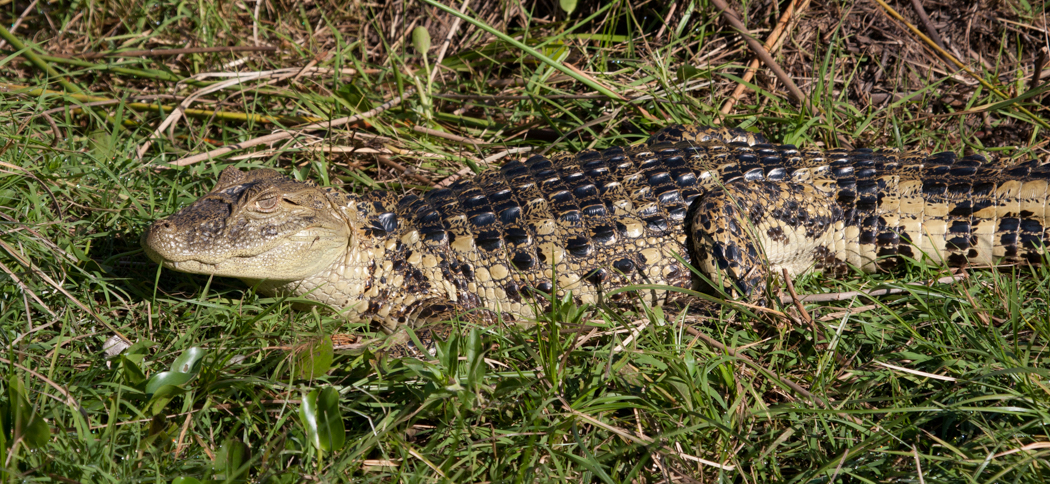
Strange Tails
We're delighted to have a strong population of strange-tailed tyrants at the reserve. So much so that we've adopted these beautiful and endangered birds as the symbol of the Trust
The growing diversity of the animals of Reserva Don Luis is a fresh source of delight every time we return. We don't play favourites, but it's impossible not to engage more with some of our more conspicuous guests. One of these is the strange-tailed tyrant. The male is stoic in his tolerance of one of nature's strangest - and it would seem least practical - adaptations. He's willing to suffer to be beautiful, and somehow manages to fly with tail feathers that were surely designed for a bird three times his size.
We love his perseverance; his resolution to succeed against challenge, and his ability to prove that anything is possible. He's appearing in growing numbers on the Reserva Do Luis, and his success has become an allegory for, and a symbol of, our own.
When we started the process of updating and redesigning our website, we wanted to adopt an image that symbolised our aims and our challenges. This brave little flycatcher, with his indomitable character, was the perfect choice.
The logo is a stylised profile of a male tyrant, silhouetted against the sunrise. We coloured the sun the blue of the Argentinian flag in honour of this country's beauty, its climate and the breathtaking span of magnificent animals that it nurtures.

Bat Research
Our bat team is conducting bat research both in the Ibera Marshes and in other provinces. We are especially concentrating on Misiones at the moment where we find the largest bat in Argentina, Chrotopterus auriitus and Myotis ruber, two species that we are researching.

Broad-Snouted Caiman
Caiman latirostris
Despite its crocodilian appearance, the broad-snouted caiman's main food source is fish and small invertebrates, including snails which are very common at the reserve.. An adult can reach eight feet (2.5m) in length, and sizes of over 10 feet (3m) have been recorded although they are normally less than 2m in length with females being smaller. The name comes from the very broad snout which makes it distinctive from the more common Spectacled Caiman.
Broad-snouted caimans populations were seriously depleted by hunters due to their smooth and prized skin. Hunting is now illegal in most countries, which has allowed some recovery of their numbers. Their principal threat now is habitat destruction.
We rarely see this species at the reserve although we were able to take this photo in Jan 2012. It was seen again in early September 2013 but has not been seen since.

